Kayseri
Popular places to visit in Kayseri;
Kayseri (formerly Greek: Καισάρεια Kaisareia) is a province of Turkey. After Ankara and Konya, it is the third largest city and industrial center of Central Anatolia with a population of 1,434,357. It is also the 14th most populous city in Turkey and the 8th largest city in Turkey in terms of surface area. Among the neighboring provinces of Kayseri; Niğde, Sivas, Adana, Yozgat, Kahramanmaraş and Nevşehir are located. It consists of 16 districts, namely Akkışla, Bünyan, Develi, Hacılar, İncesu, Kocasinan, Melikgazi, Pınarbaşı, Sarıoğlan, Sariz, Tomarza, Yahyalı, Talas, Özvatan, Felahiye and Yeşilhisar. It is a province in the Middle Kızılırmak Section, at the foot of Erciyes Mountain. It is surrounded by Yozgat in the north and northwest, Sivas in the north and northeast, Kahramanmaraş in the east, Adana in the south, Niğde in the southwest and Nevşehir in the west. Kayseri (former Mazaka, Armenian: Մաժաք Mažak), one of the oldest cities in the world, is in the region called Cappadocia in classical times. Located in the south of Kızılırmak, this region stretches from Salt Lake to the Euphrates River. Silk Road passes through here. The region has been the cradle of many civilizations. The name of the city of Kayseri was translated into Turkish from the Latin Caesarea, the Greek name καισαρεία (kaysaria) from its Arabic form. Their old names are Mazaka and Kaisareia (Césarée in French). "Kayser" or "kaysar" (Arabic and Ottoman: قيصر) is the Islamic form of the title Caesar (Greek: καισαρ kaisar) given to Roman and Eastern Roman (Byzantine) emperors. Ottoman sultans II. Starting from Mehmed, they also used the title of Kayser-i Rum among their official titles. Caesar was originally the nickname (cognomen) of the Roman statesman Caius Julius Caesar (100-44 BC). The first Roman emperor, Gaius Julius Caesar Octavian, who was Caesar's adopted son, adopted the nickname Caesar as an honorary title. Later Roman emperors also used the titles Caesar and Augustus together. Russian rulers adopted the title of tsar (Russian: цар tsar), the Russian form of the name Caesar, shortly after the Turkish conquest of Istanbul in 1453. The purpose of the naming is to counter the Ottoman sultans' claim to be heirs to the Greek Kayser and to claim the inheritance of the Byzantine throne. The Holy Roman Germanic Empire (961-1804), the Austrian Empire (1806-1918) and the German Empire (1871-1918) also used the Latin Caesar and German Kaiser titles. Especially the last German emperor II. Wilhelm (1888-1918) brought the title of Kaiser to the fore. In Turkish usage, the nickname of the German emperor is often written as kaiser, and the nickname of former Greek and Ottoman rulers is written as kayser. In addition, a tomb belonging to the greatest Cappadocia king of the time was discovered on the summit of Yılanlıdağ, and a very old historical castle and a mint in the middle of the castle were found around it. According to a tablet found during the excavations inside the castle, it is claimed that there is an underground city and treasures in a secret place on this mountain. Kayseri is located in the Middle Kızılırmak section, where the southern part of Central Anatolia and the Taurus Mountains converge. It is located between 37 degrees 45 minutes and 38 degrees 18 minutes north latitude and 34 degrees 56 minutes and 36 degrees 58 minutes east longitudes. It is surrounded by Sivas in the east and northeast, Yozgat in the north, Nevşehir in the west, Niğde in the southwest, Adana and Kahramanmaraş in the south. The Haydarpaşa - Kars railway, built in 1929, passes through the administrative borders.




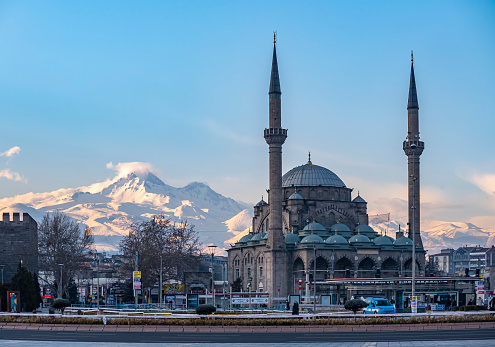


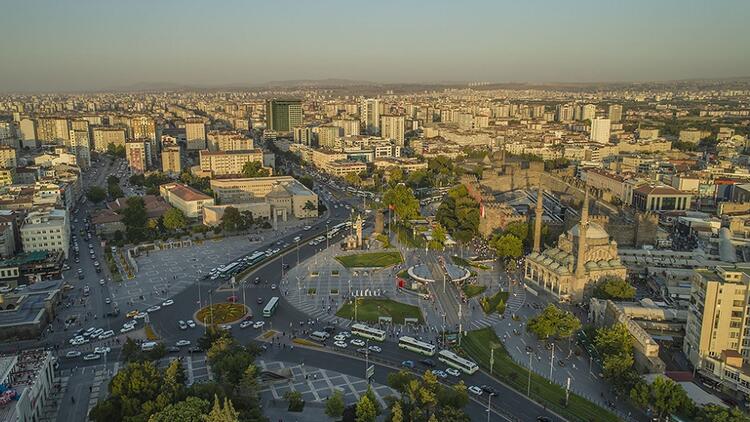
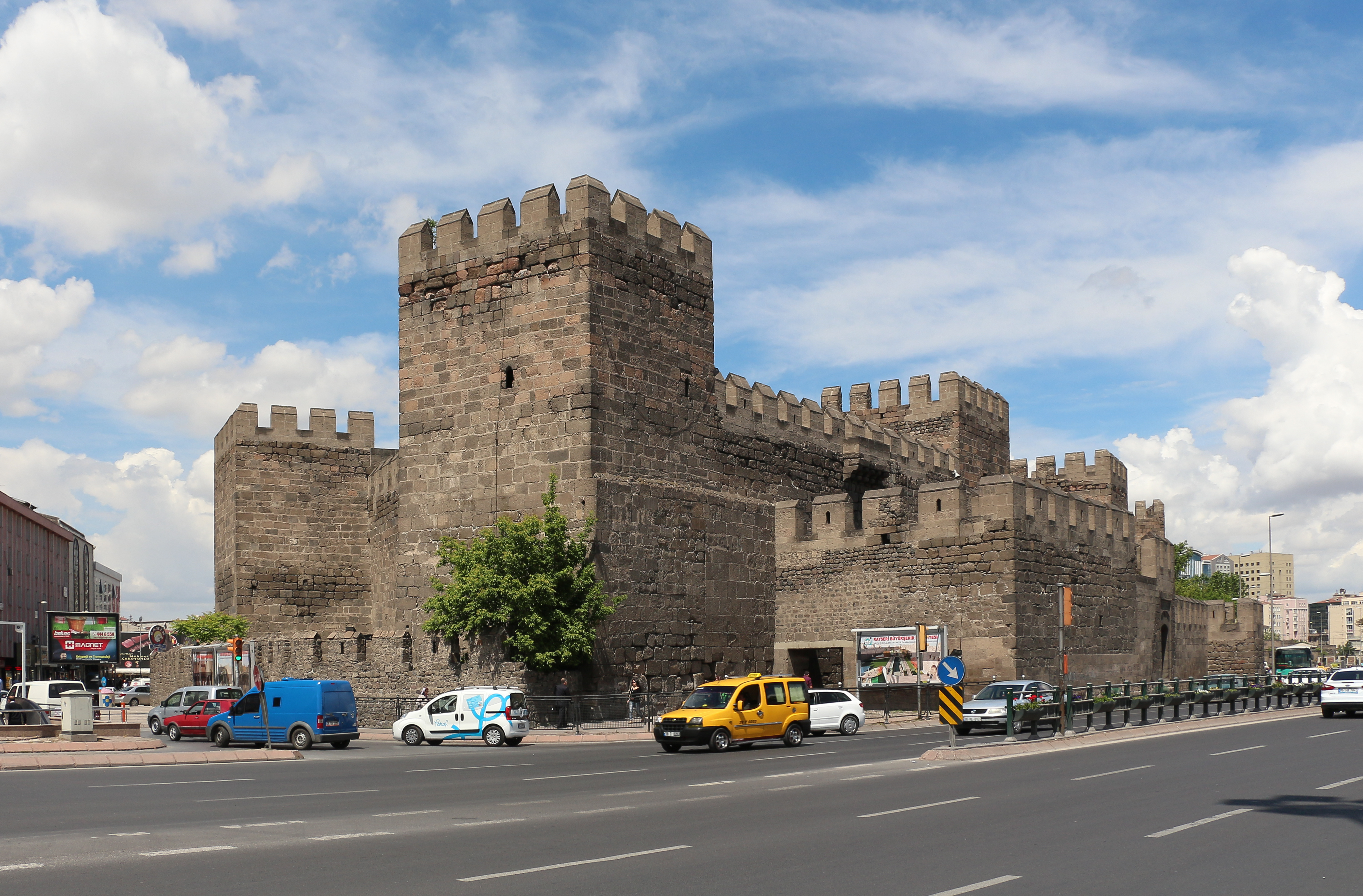
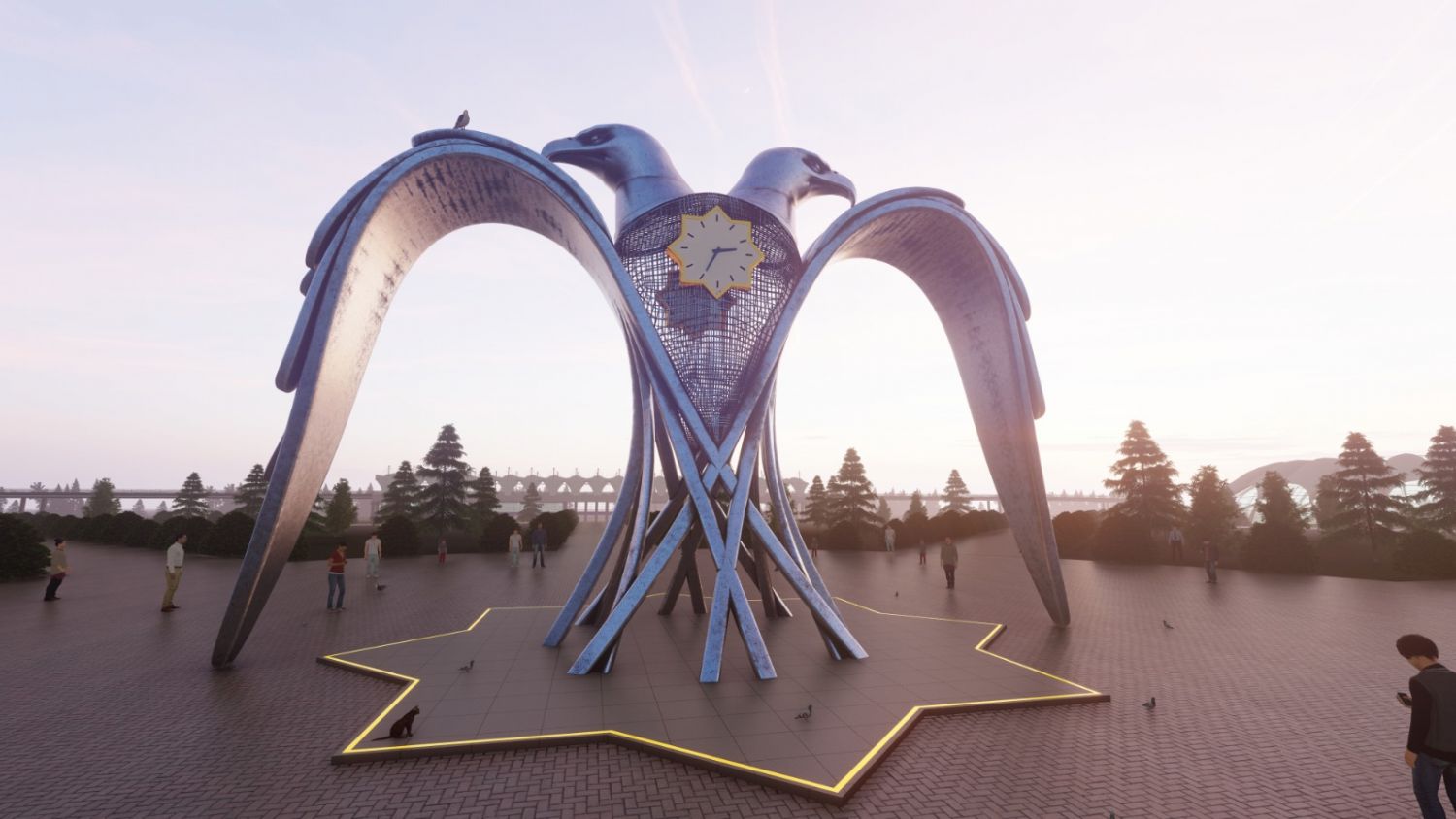
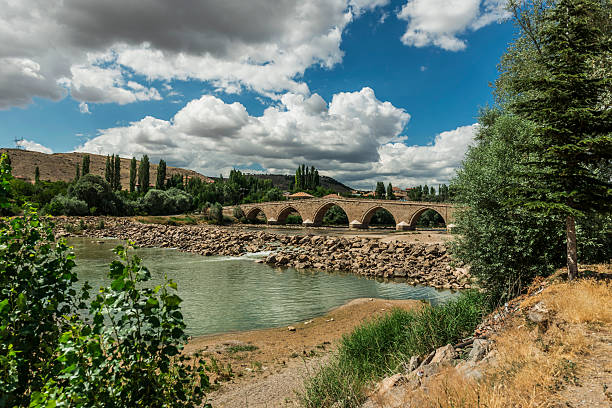
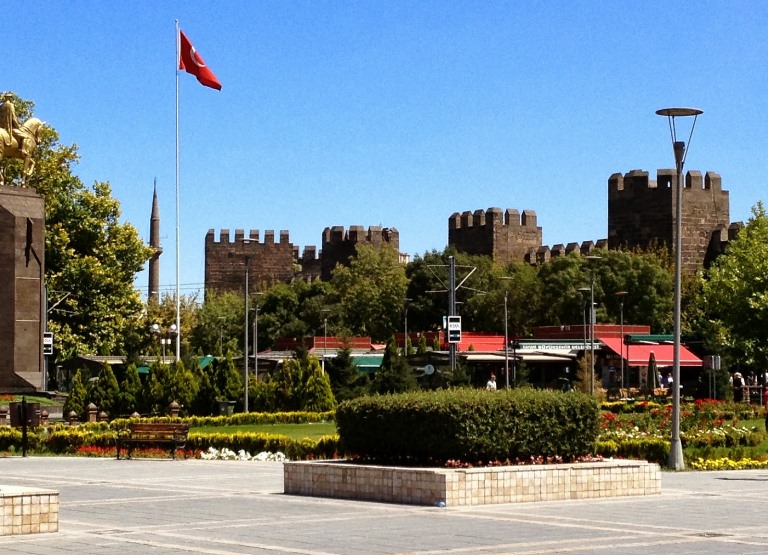



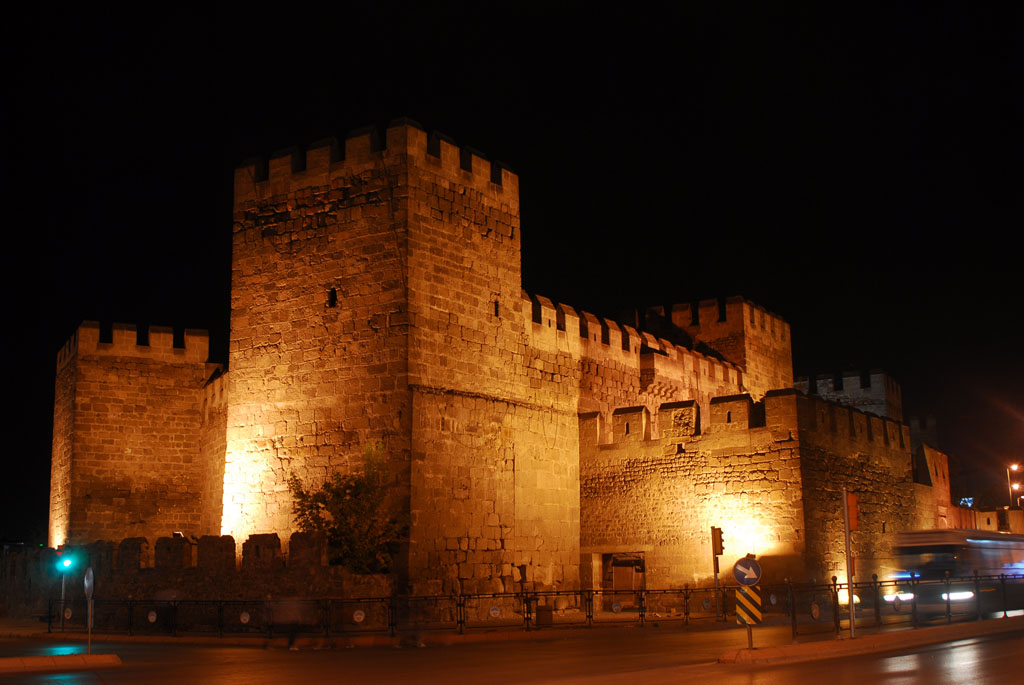
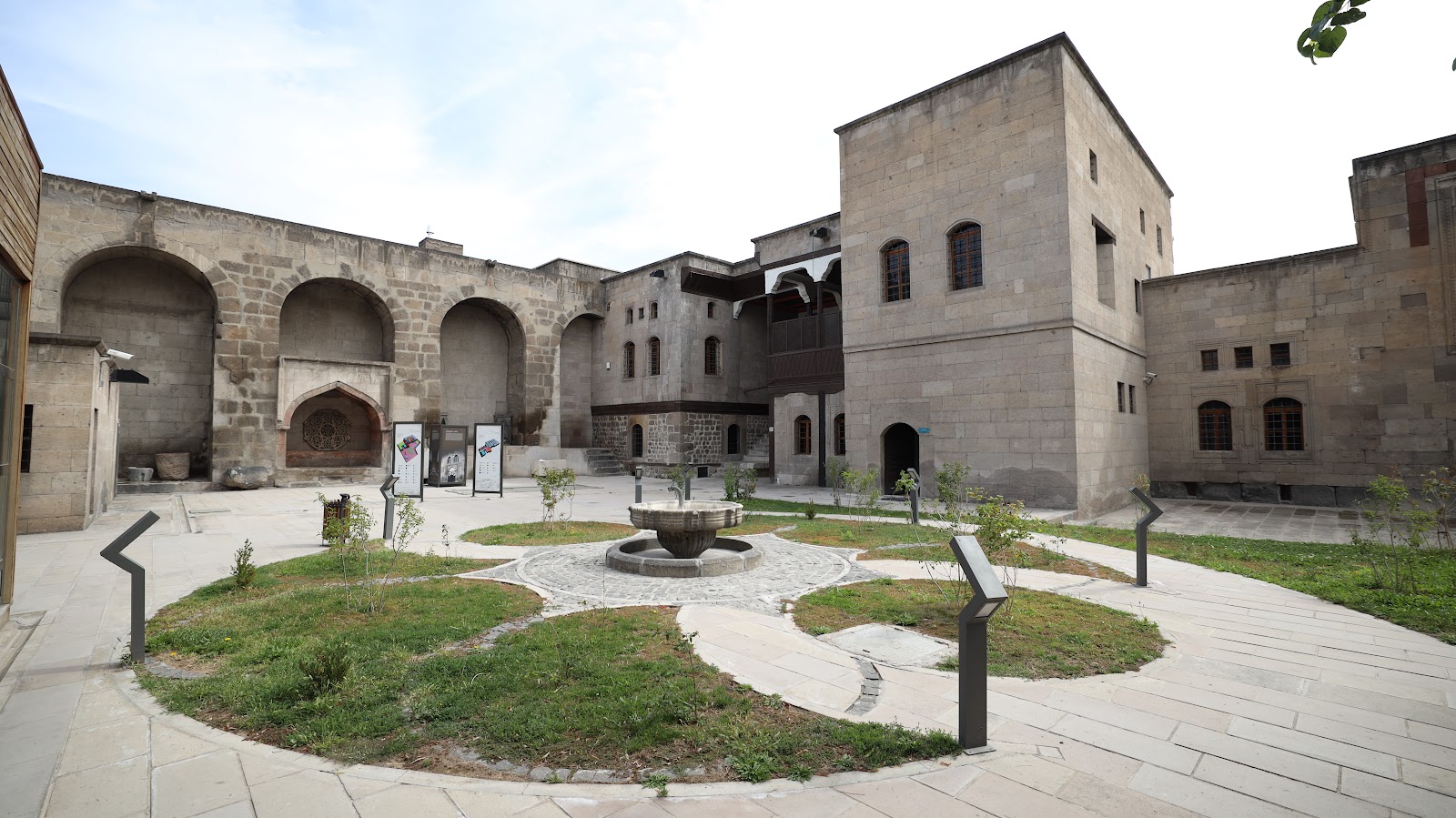
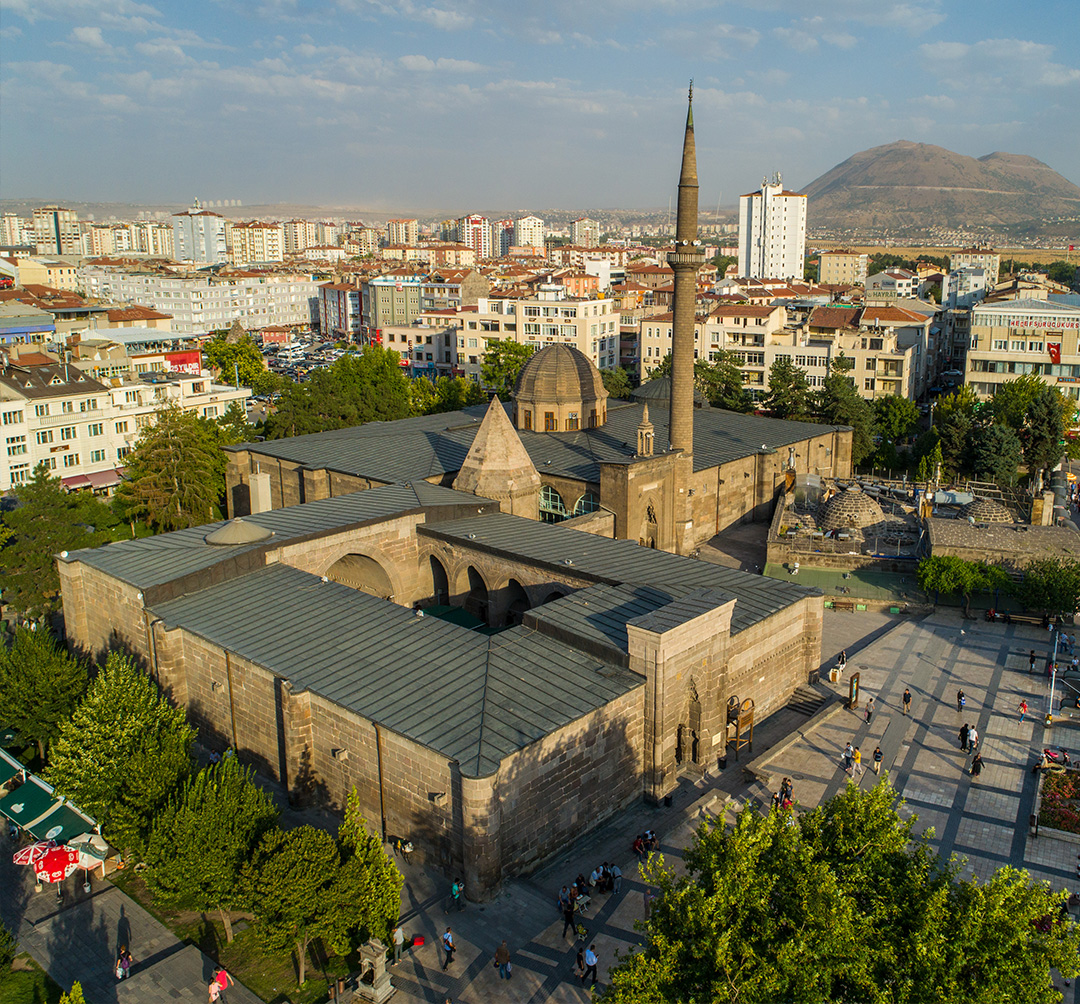



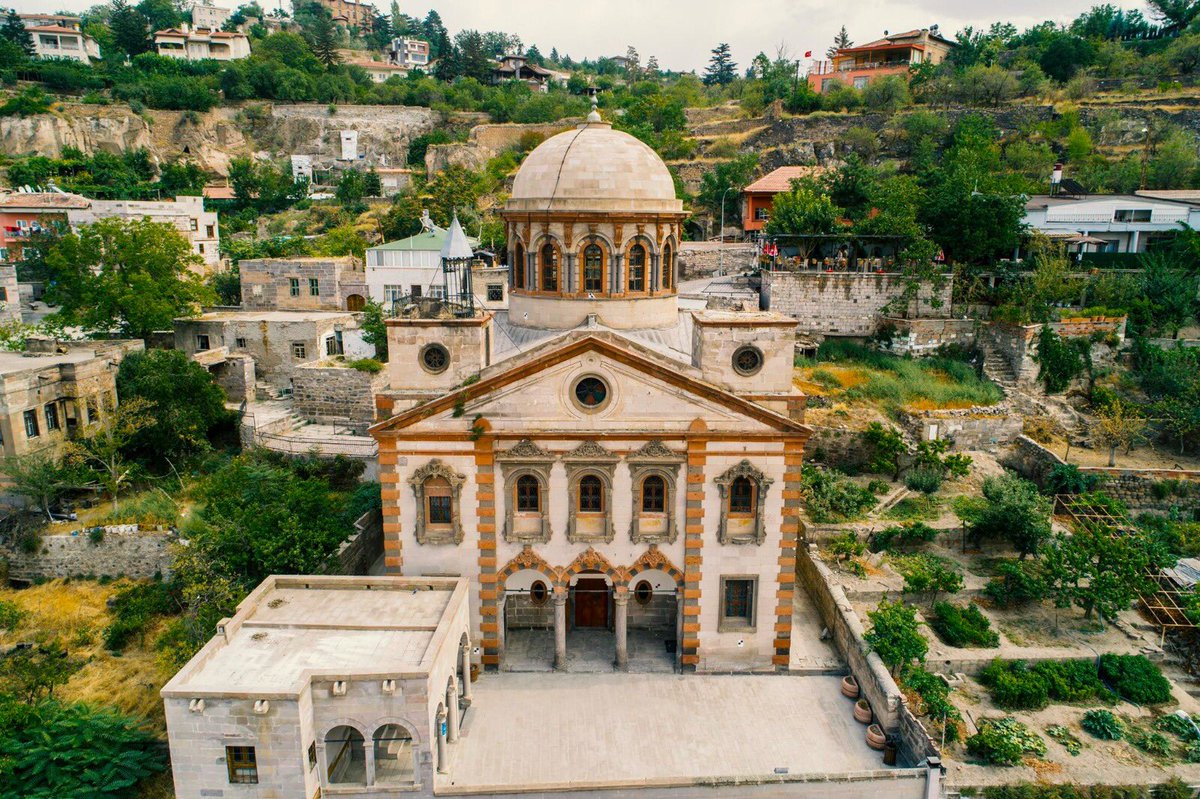
Leave Your Comments